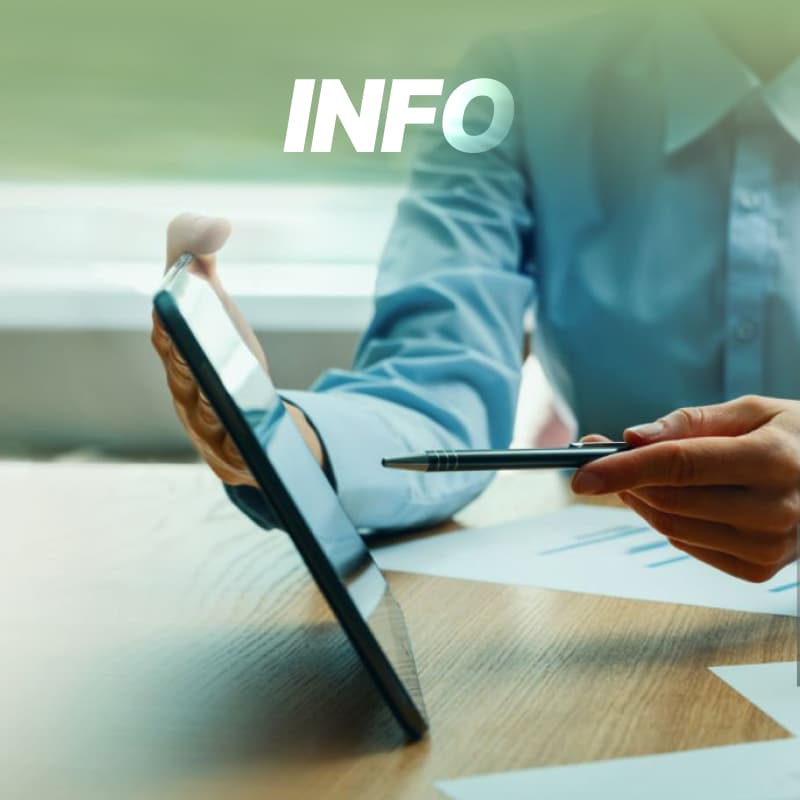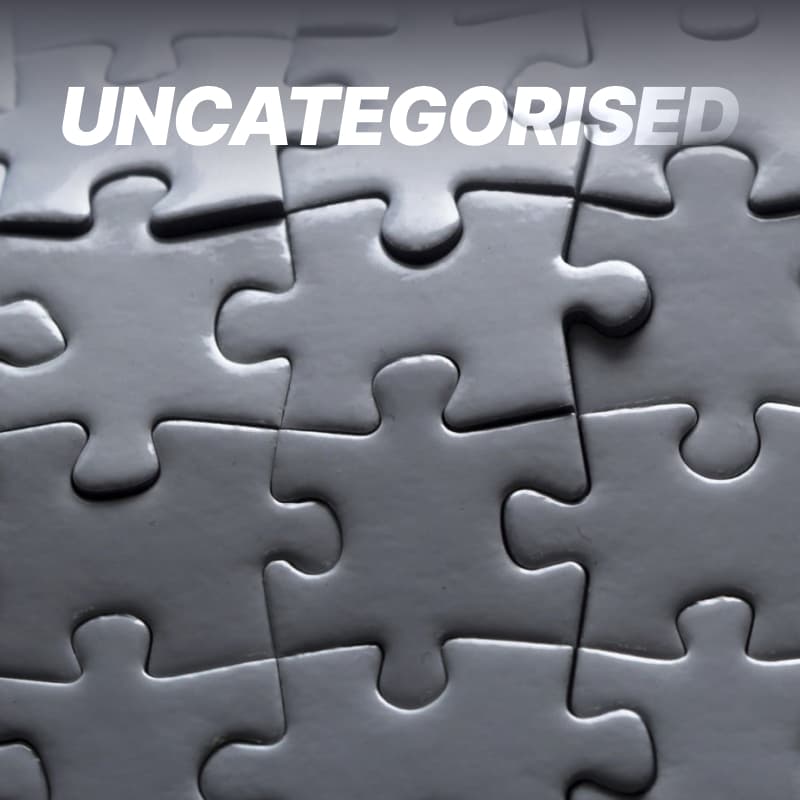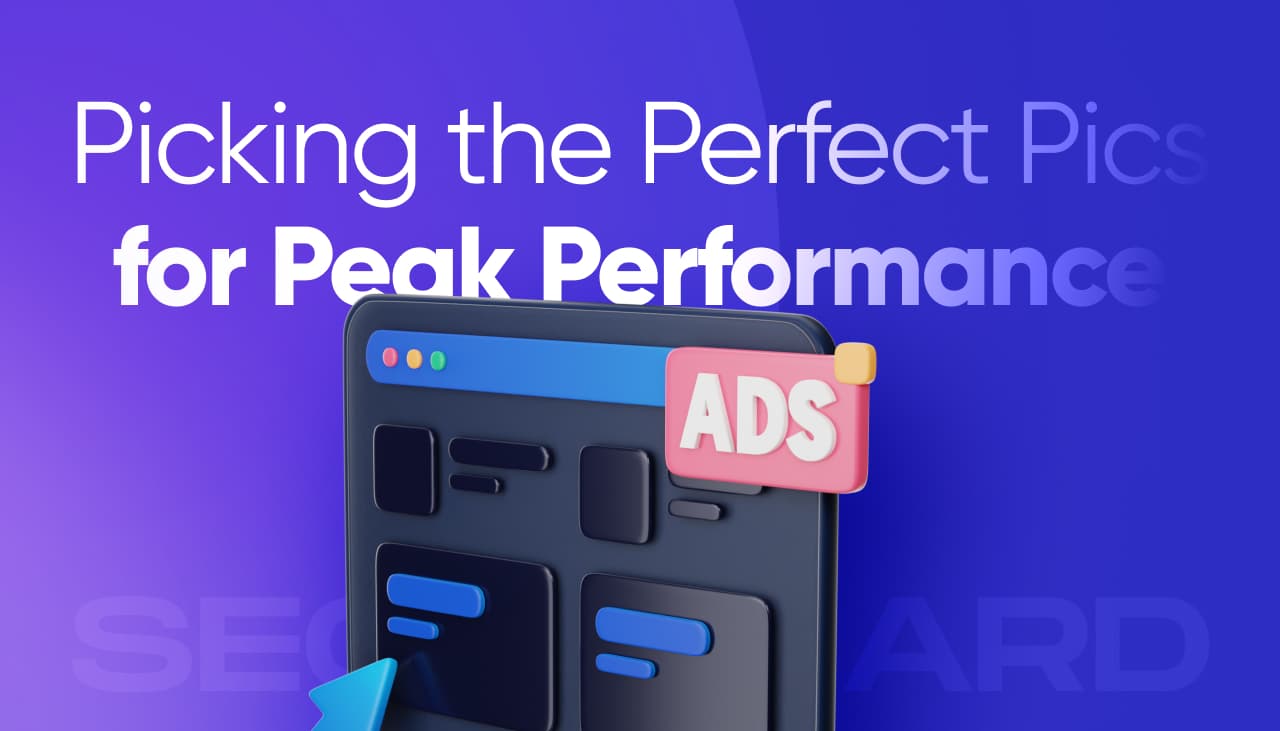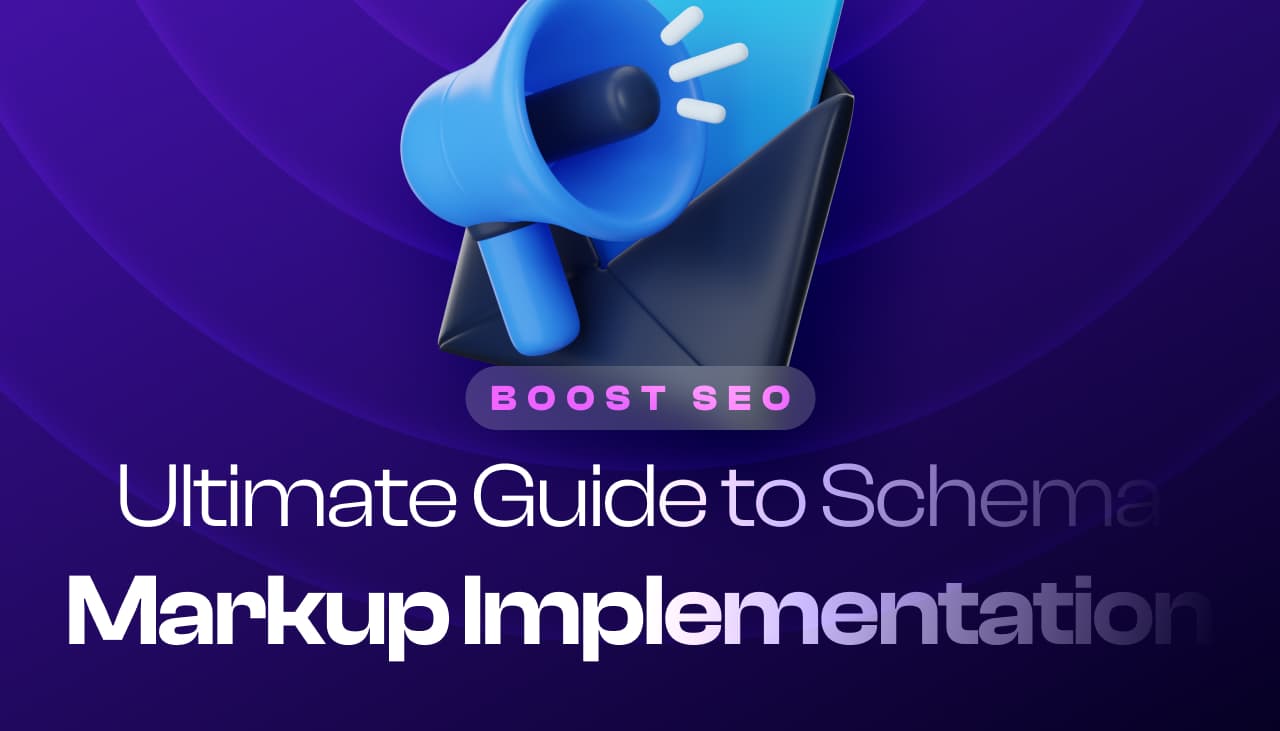In the vast world of SEO, internal linking is a powerhouse we often overlook. It’s the secret sauce that spices up our site’s navigation and boosts our page rankings. We’ve got the inside scoop on how to leverage internal linking to our advantage. With the right strategies, we can turn our site into a tightly knit web of information that both users and search engines love. Let’s dive in and unravel the mysteries of internal linking together.
Table of Contents
Key Takeaways
- Improve Site Usability and SEO Through Internal Linking: Internal linking enhances site navigation and distribute page authority, significantly boosting SEO and improving the user experience.
- Best Practices for Effective Internal Links: Utilize descriptive anchor texts, link deep within the site, maintain link relevancy, balance the number of links, and regularly update them to ensure functionality and relevance.
- Strategic Placement and Role of Anchor Text: Place internal links strategically with descriptive and relevant anchor texts to guide users smoothly through the website, while improving content visibility and balancing page authority.
- Monitor and Optimize Internal Links for Better Performance: Use tools to track the internal linking structure, conduct regular audits to fix or update links, analyze link value distribution and CTR, and adjust strategies based on analytics to enhance SEO and user experience.
Benefits of Internal Linking
When it comes to SEO, internal linking is not just a tactic. It’s a powerful strategy that can significantly enhance a website’s performance. By understanding and implementing internal links, we’re not only improving site navigation but also boosting our SEO efforts in a way that’s both efficient and effective.
One of the primary benefits we see with internal linking is improved usability. It makes it easier for visitors to navigate our site and find the information they need. This leads to a better user experience, which is a key factor Google considers when ranking sites.
Another significant advantage is the distribution of page authority across the website. By linking high-authority pages to those with lower authority, we’re essentially spreading the SEO wealth. This helps to uplift the overall SEO performance of lesser-known pages, driving more traffic and engagement.
Internal links also play a crucial role in establishing content hierarchy. We can guide search engines to understand which pages are most important. This clarity allows search engines to index our site more effectively, further improving our online visibility.
Moreover, engaging in strategic internal linking increases the crawlability of our site. It makes it easier for search engine bots to discover and index new pages. The quicker bots can crawl, the faster our content gets indexed and ranked.
Lastly, internal linking significantly reduces bounce rates. When visitors find relevant links that direct them to other interesting content on our site, they’re more likely to stay longer. A lower bounce rate signals to search engines that our site is valuable, which can positively impact our rankings.
By incorporating these strategies, we’re not just enhancing our website’s SEO. We’re also offering a more enriching and seamless experience for our visitors.
Best Practices for Internal Linking
We understand the importance of internal linking not just for SEO but also for enhancing the user experience. When it comes to deploying an effective internal linking strategy, there are several best practices we follow.
Firstly, use descriptive anchor texts. It’s crucial that the anchor text gives the reader a clear idea of what they’ll find if they click the link. This clarity benefits both users and search engines.
Secondly, we ensure to link deep. Instead of just linking back to the home page or contact page, we focus on linking to content that’s deep within our website. This approach spreads link equity throughout the site and keeps users engaged.
We also prioritize relevancy. Links should connect related topics and content to provide users with further reading options that enhance their understanding and experience. This practice encourages them to stay on our site longer.
Another critical aspect is to use a reasonable number of links. Overloading a page with too many links can overwhelm users and dilute link value. We strike a balance, ensuring pages are user-friendly while still benefiting our SEO.
Lastly, we constantly review and update our links. Websites evolve, and content gets updated or moved. Regularly checking our links ensures that they remain functional and relevant, offering the best value to our users and search engines.
By adhering to these best practices, we aim to create a network of valuable internal links that improve navigability, encourage longer site visits, and ultimately, boost our SEO performance.
Strategic Placement of Internal Links
We understand that the strategic placement of internal links is crucial for maximizing the SEO and user experience benefits of our website. Anchor text plays a key role in this strategy, as it provides both users and search engines with relevant information about the content of the link’s destination. By using descriptive and relevant anchor text, we guide visitors smoothly through our website while also giving search engines context about our pages’ content.
We prioritize linking deep within our site, moving beyond the homepage and contact us pages. This approach encourages the exploration of more detailed and valuable content buried within our site. It not only boosts the visibility of our deeper pages but also distributes page authority more evenly across the site.
We’re careful to ensure the relevancy of our links. Linking pages that naturally complement each other enriches our visitors’ experience and can increase the time they spend on our site. Relevant links are also more likely to be followed, which sends positive signals to search engines about the quality of our content.
Balancing the number of links on each page is essential. Too many links can overwhelm visitors and dilute the value of page authority passed to each linked page. We aim for a reasonable number of high-quality, relevant links on each page to maintain user engagement and SEO efficiency.
Regularly reviewing and updating old content with new internal links is part of our ongoing site maintenance. This practice ensures that our content remains interconnected and reflects the most current information, which is beneficial for both user experience and SEO. By continuously optimizing our internal linking structure, we keep our site navigation intuitive and our content hierarchy clear, making it easier for search engines to crawl and index our pages.
The Role of Anchor Text in Internal Linking
When it comes to improving our website’s SEO, we understand that the devil is in the details. Anchor text plays a pivotal role in internal linking strategies that should not be overlooked. It’s the visible, clickable text in a hyperlink, and its significance can’t be overstressed. Search engines use it for context, helping them understand what the linked page is about. That’s why choosing the right anchor text is crucial.
We always aim for descriptive and relevant anchor text. This ensures users and search engines know what to expect on the linked page. Generic terms like “click here” or “this page” don’t provide value. They’re missed opportunities for boosting SEO. Instead, we use specific keywords that reflect the content of the target page.
But it’s also vital to avoid over-optimization. Search engines can penalize websites that overuse keyword-rich anchor texts for internal links. Balance is key. We strive for a natural mix of exact match keywords, related terms, and more generic phrases. This approach signals to search engines that we’re providing helpful, user-focused content rather than trying to game the system.
Incorporating varied anchor texts benefits our website by distributing page authority more evenly. It encourages deeper exploration of our site, leading to increased engagement and reduced bounce rates. We regularly review our anchor text strategy to ensure it aligns with our current SEO objectives and content updates. This proactive approach keeps our website’s internal linking structure both effective and user-friendly.
Internal linking is not just about connecting pages. It’s about building a web of information that’s easy to navigate and understand. And within this web, anchor text is the thread guiding users and search engines through our content, enhancing the overall user experience and SEO performance.
Monitoring and Optimizing Internal Links
Monitoring and optimizing internal links is critical for maintaining an efficient website architecture. We use various tools such as Google Search Console and specialized SEO software to track our internal linking structure. These tools help us identify broken links, visualize the link distribution, and uncover opportunities for improvement.
Regular audits ensure that our internal links remain relevant and functional. We aim to spot any links that lead to 404 pages or that no longer align with our content strategy. This proactive approach keeps our website’s navigation seamless and improves user experience.
Another aspect we focus on is the evaluation of link value distribution. It’s important that our high-priority pages receive more internal links. This strategic distribution helps in boosting their visibility on search engines.
We also analyze the click-through rate (CTR) from internal links. A high CTR indicates that the anchor text is compelling and relevant. Conversely, a low CTR prompts us to revisit and potentially revise the anchor text.
Adjusting our internal linking strategy based on analytics is key to our continuous improvement process. For instance, if we notice certain pages are gaining traction, we’ll increase internal links to these pages to capitalize on their popularity.
In essence, our goal is to create a dynamic internal linking system. One that evolves with our content and aligns with user search intent. By doing so, we not only enhance our website’s SEO performance but also provide a better experience for our visitors.
Conclusion
We’ve explored the intricate world of internal linking and its undeniable impact on SEO. Through strategic anchor text usage and the avoidance of over-optimization, we can guide users and search engines through our websites more effectively. By leveraging tools for monitoring and optimizing our internal links, we ensure our strategies remain robust and responsive. Remember, a dynamic internal linking system that adapts to content changes and user intent is crucial for boosting SEO performance and enhancing the visitor experience. Let’s commit to regular audits and adjustments based on analytics to keep our internal linking strategies sharp and successful. Together, we can create a more navigable, valuable, and SEO-friendly website.
Frequently Asked Questions
What is the importance of internal linking in SEO?
Internal linking is crucial for SEO as it helps distribute page authority across your site, enables search engines to discover new pages, and enhances user navigation. By linking relevant content together, you can significantly improve your site’s SEO performance and encourage deeper engagement from visitors.
How does anchor text affect internal linking?
Anchor text, the clickable text in a hyperlink, is significant for internal linking because it provides context to both users and search engines about the linked page’s content. Using descriptive and relevant anchor text is essential for improving SEO, as it can influence how a page is ranked for specific keywords.
What are the risks of over-optimization in internal linking?
Over-optimization occurs when there’s an unnatural overuse of exact-match anchor text or excessive links, which can appear manipulative to search engines, potentially leading to penalization. It’s crucial to maintain a natural and varied anchor text profile to avoid these risks.
Why is monitoring and optimizing internal links important?
Monitoring and optimizing internal links is important because it ensures all links are functional, relevant, and contribute to the site’s SEO strategy. Regular audits can identify broken links, uncover new linking opportunities, and help redistribute link value effectively across the site, enhancing overall site performance.
How can internal linking be adjusted based on analytics?
Analyzing metrics like click-through rates and navigation paths from internal links can provide insights into user behavior and link effectiveness. Adjusting your internal linking strategy based on these analytics involves adding, removing, or altering links and anchor texts to better align with user search intent and improve page authority distribution, continuously refining your SEO efforts.






















Responses (0 )